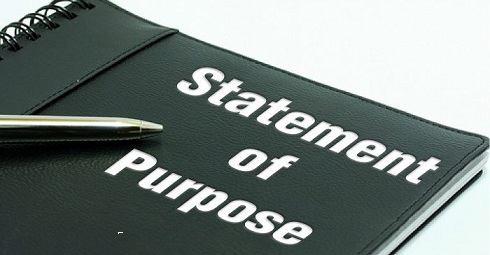Australia is a very vibrant and a multicultural country. People from all corners of the world have migrated down under and that is why the country is well-known for cultural diversity. Statistics show that 1 out of 4 Aussie people were born overseas! Therefore, the country is also quite linguistically diverse. In fact, 21st March is reserved for celebrating harmony in the form of ‘Harmony Day’ which is all about inclusiveness and respect. People are taught about core Australian values that supersede idiosyncrasies of culture and religion. This Day overlaps with the United Nations International Day for the Elimination of Racial Discrimination. The color of the day is Orange that signifies meaningful social communication. And, people proudly wear Orange as their way of supporting such friendly initiatives.
What is Student Diversity?
Student diversity closely follows cultural diversity. As students from various corners of the world come to Australia to study, the country’s schools and colleges have become sensitive to the diverse needs of students. This spirit is reflected in the materials that are created for students. For example, the materials are tailored to meet the learning needs of students with different disabilities as well as gifted and talented students. The Australian curriculum, at all levels, provides ample scope of learning for those whose first language is not English. Therefore, it comes as no surprise that students within the Australian system become successful learners armed with confidence and the zeal to move ahead in life.
Cultural Diversity in Australian Education
The significant impact of cultural diversity within the Australian education system opens up doors for thorough multicultural education programs that are focused on promoting community harmony. In a nutshell, there is zero tolerance for racism. Teachers are very cautious about expressing biased views and tolerance is instilled in children from a very young age. Personal anecdotes of students reveal that they enjoy sharing learning space with students from different parts of the world.
Let us take examples from Universities and schools that respect cultural diversity very strictly and on parallel lines have strict anti-discrimination policies operative on campus in order to foster a sense of belongingness. Universities (e.g. Victoria University) also render support for campaigns such as “Racism. It Stops With Me” that is initiated by the Australian Human Rights Commission. Collectively, such campaigns and policies have played an instrumental role in checking the spread of hatred based on racism.
Cultural Diversity in Australian Schools’ Statistics
If we go by numbers or statistics then consensus data shows that Chinese and Indians have increased in numbers over the past few decades. As far as languages are concerned, there were more than 300 languages that were spoken in Australian homes in 2016. And the most prevalent languages, after English, include Mandarin, Arabic, Cantonese, and Vietnamese. When it comes to religion, many Australian people identify themselves as not following any although Christianity continues to be at the top of the list. Other major religions represented in Australia include Buddhism, Islam, Hinduism and Judaism.

How would you feel studying in a country that embraces cultural and linguistic diversity? Anyone would be ecstatic about it. No wonder, statistics show that Australia continues to be a hot favorite among aspiring students! Apart from practical documentation, research also supports the benefits associated with studying in a multicultural environment. Intermingling implies positive influences for creative thinking, acceptance, emotional development and perspective taking even in adulthood.
Coming onto more measurable effects, it has been documented that studying in a multicultural classroom improves scores on reading comprehension and mathematics. People develop new insights about their own culture by listening to the perspectives of others. How many times one may have questioned the reason behind practicing rituals that have been handed down by one’s ancestors? This capacity to develop new insights is not restricted to religion and culture; it also touches upon the way we approach academics with beneficial outcomes for diverse fields such as history, geography, literature, performing arts and science. You may or may not be surprised to discover that school textbooks have changed as history is re-interpreted by fresh pair of eyes and budding musicians have come up with improvised musical styles by including and mixing musical genres of varying cultures.
In the social sphere, multiculturalism reduces prejudices, enhances tolerance, changes gender roles and checks aggression & outbursts based on religious intolerance. We become more adept and practiced at expressing our views in a manner (both verbally and non-verbally) that does not harm the religious sentiments of the others. All these things give way to a beautiful and peaceful society that has room for advancement and scientific development. Perhaps then embracing multicultural education could be the means for doing away with discrimination and bigotry!
Be yourself, as the people who mind don’t matter and the people who matter don’t mind!















































